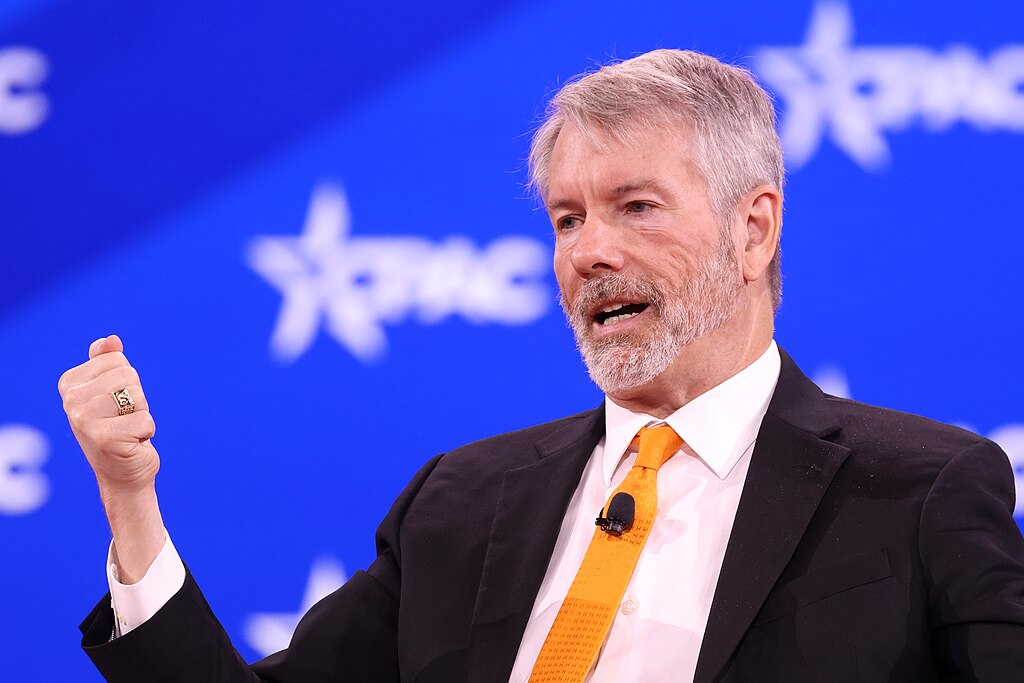Ripple’s main business area is international remittance. Ripple believes that the existing international remittance system is inefficient and aims to solve it with RippleNet.
RippleNet is an international blockchain-based payment solution developed by Ripple. The service is particularly popular in the Asia-Pacific region, where adoption has increased by an average of 130% a year.
How does Ripple view the future of international remittances in the Asia-Pacific region? BBR spoke to Brooks Entwistle, Ripple Asia-Pacific Vice President, to find out more.
Q. Please introduce yourself briefly
I’m currently the VP and Managing Director for APAC and MENA at Ripple, a leading provider of enterprise blockchain and crypto technology solutions for cross-border payments. Prior to joining Ripple, I spent around three decades in the financial services and tech industries, building and scaling companies including Goldman Sachs and Uber. I have always enjoyed the excitement that comes with working at dynamic growth companies, so fintech – being the sweet spot between traditional finance and the fast-paced technology scene – was always the natural place where I thought I would end up.
We are growing fast at Ripple, with APAC being one of the fastest growing regions for RippleNet where transactions have increased 130% year-over-year. Working with our talented team and partners in the region, I am looking forward to pushing new frontiers in the crypto space, delivering innovative crypto-enabled financial solutions that solve real business problems.
Q. 2021 was the year when the mainstream financial sector began to accept cryptocurrency and numerous cryptocurrency-related policies were introduced. What do you expect to happen in 2022?
Indeed, 2021 was the coming-of-age for crypto. As we move past the inflection point, we can expect to see a more focused approach to crypto in 2022 – with the spotlight on crypto’s real-world applications. For instance, tackling the inefficiencies of cross-border payments is a US$120 billion global challenge where crypto has compelling utility – and is already being used today. Amid growing demand for instant settlements and immediate access to capital, the uptake of RippleNet’s On-Demand Liquidity (ODL) service in the APAC & MENA regions is likely to continue accelerating in 2022. Remittances will continue to be a key use case, but given the fragmented nature of the payments landscape in APAC, we should also expect other applications to come to the fore such as trade flow or treasury management.
Meanwhile, although there has been great progress in terms of new regulatory frameworks for digital assets, APAC will remain particularly uneven in the immediate future. The region is so diverse, such that intertwining social, economic, digital, and political challenges in each jurisdiction creates unique complexities – which means some markets are going to race ahead while others struggle to come up the curve. However, as more traditional financial institutions join the crypto conversation, this will likely encourage regulators and policymakers to think long-term and lay down some clear rules of the road to allow innovation within crypto to manifest maturely.
Q. Ripple focuses on providing cryptocurrency solutions for global payments. What are the advantages and limitations of using cryptocurrencies in international remittance? How can Ripple’s solutions help address these limitations?
There are two major benefits of using a blockchain-based infrastructure in international remittance: Lower transaction costs and increased speed. Existing global payments systems are outdated, unreliable, and fragmented. Each country has its own unique process and payments infrastructure – and this lack of interoperability creates a lot of complexity, resulting in cross-border payments often requiring expensive workarounds. Case in point, the average global fee for traditional remittances is around 6.5%.
Using blockchain technology, RippleNet addresses the challenges of speed and cost in cross-border payments, offering settlements within 20 seconds, a failure rate that is near-zero, and fees that are 90% less per transaction than the status quo. Being both decentralized and standardized, RippleNet is able to work without the overhead and constraints of legacy providers’ offerings to move money with the same speed and efficiency that information moves today.
Another key challenge in the global payments scene that Ripple solves for is that of liquidity – traditionally, banks can’t pay out until physical cash is in their hands so it causes delays. Ripple addresses this pain point using On-Demand Liquidity (ODL), which leverages the digital asset XRP to bridge two fiat currencies. This eliminates the need for pre-funding in destination currencies and dramatically lowers costs while enabling real-time payments in emerging markets at any time, all year round (this includes after working hours, weekends, and holidays). Through Ripple’s ODL service, our customers also have access to Line of Credit to source capital on-demand and initiate cross-border payments at scale. What this means is that our customers are able to purchase the digital asset XRP on credit at a single transparent fee and receive approvals faster than through traditional means, empowering them to scale their business quickly.
Lastly, risk and compliance management is a critical concern for businesses adopting crypto-enabled remittance solutions. To ensure that our customers will have greater visibility and control over cross-border transactions, our solutions can be seamlessly integrated into existing systems and processes, such as anti-money laundering controls, fraud detection, sanction screening, and regulatory reporting. This offers a way to reduce operational and risk management costs, while reaping the benefits of real-time settlement.
Q. In 2021, Ripple announced its entry into the NFT market and launched a $250M creator fund. What was the motivation behind this? What are the benefits of using the XRP Ledger for NFTs versus Ethereum?
When we first started looking at the NFT market, we realized that a lot of the challenges people were facing were due to the technology being very primitive. Companies that wanted to get into the space needed a tremendous amount of specific expertise; meanwhile, developers often face frustrations related to high transaction fees and complicated user interfaces on NFT platforms. So, building the right tools and providing creators with the relevant financial, creative and technical support are what we've been focused on.
More specifically, our Creator Fund seeks to enable longtail use cases for tokenization. We hope to push the industry to advance the utility of NFTs beyond digital art and collectibles to functional use cases, such as interactive experiences and fractional ownership — where the cost of an asset is split among individual shareholders.
The XRP Ledger (XRPL) is ideally suited to help grow NFTs even further. Currently, barriers to accessibility – such as high “gas” fees and concerns around sustainability – are driving creators and customers away while limiting NFT use cases to mostly high-value tokens. The XRPL delivers a unique combination of the low cost, high speed and good payments features needed to streamline NFT creation at scale. In particular, the XRPL is able to maintain consistent transaction fees — something which is impossible on most other platforms today. Furthermore, as the XRPL is already carbon-neutral and about 120,000x more efficient than leading proof-of-work blockchain, it provides developers with the unique capability to run highly sustainable NFT apps and marketplaces.
In addition, federated sidechains – blockchains that operate alongside other blockchains – could be available for the XRPL in the coming months, opening up a host of exciting possibilities including limitless transaction scalability and expanded DeFi capabilities.
Q. Lastly, please leave comments to Tokenpost readers and Ripple supporters in Korea.
We’re committed to enriching the fintech payment landscape and are deepening our footprint across the APAC region. Just last year, we expanded the RippleNet network with new regional customers, including South Korea’s GME Remittance, and also unveiled a new solution – Liquidity Hub -- which will enable enterprises to easily and efficiently source any digital assets from the broader crypto market.
Beyond that, Central Bank Digital Currencies (CBDCs) will also be a key pillar of the digital payments ecosystem of tomorrow. From China to Thailand and Singapore, countries across Asia are now exploring the use of CBDCs. To support the development of CBDCs, we recently launched the CBDC Private Ledger to offer central banks a secure, controlled, and flexible solution for the issuance and management of digital currencies. We are already working closely with Bhutan to pilot a retail CBDC that will go towards enhancing financial inclusion in the country, and engaging many more Central Banks in APAC to better understand their CBDC goals. Our hope is that this will help pave the way towards CBDC interoperability and therefore a more streamlined cross-border payments landscape.
With rapid innovation in enterprise blockchain payments solutions and the openness of financial institutions, regulators, and even end-users, the future of digital payments in Korea and the wider APAC region is really promising–and it’s our privilege to be part of that journey.
























Comment 65